The Department of Energy (DOE) is reviewing its planning for the country’s energy needs — with the recalibration touching mainly on the challenges posed by the COVID-19 pandemic as well as the flourishing trends and innovations in the sector.
Energy Secretary Alfonso G. Cusi stated that “with the emerging trends and challenges, we need to recalibrate our plans to bounce back faster and to continue to bring accessible, reliable and affordable energy services.”
In line with the adjustments being incorporated into the Philippine Energy Plan (PEP), the agency carried out its two-day virtual workshop with relevant stakeholders on March 24-25, with topics centering mainly on the updating of the short-term outlook for the energy sector and the policy-related studies that come with it. The PEP updating is spearheaded by the department’s Energy Policy and Planning Bureau- Policy Formulation and Research Division.
The energy chief asserted that tweaks in the 2018-2040 PEP will be highly critical in the immediate term, given that “energy is vital to support the country’s economic recovery and development especially during this time of the pandemic.”
Energy Undersecretary Felix William Fuentebella further noted that “due to the impact of Covid-19, the energy sector faced many challenges that necessitated adjustments to ensure continuity of energy services to our stakeholders.”
He added “despite quarantine restrictions and the recent calamities we faced, we are able to implement the landmark energy laws and issue the necessary policies on energy efficiency, renewable energy, the promotion of indigenous energy resources and the coal moratorium.”
The DOE has not given the specific parameters or outlooks being retooled in the PEP yet; but industry players have constantly sounded off that projections on supply-demand may need to be fine-tuned based on the pace of economic recovery that the Philippines could muster post-COVID.
Prior to the pandemic, the assumption had been that new investments for power capacity will already be needed by 2022-2023. But with the economic slump the country is suffering from, such scenario in the power system may be pushed back.
In fact, the prognosis of most industry players is that the requirement for capacity additions may already be held off until year 2024 or 2025, depending on how the government could successfully carry out vaccination program for majority of the population – because that is the ultimate anchor for the targeted return of the economy to higher degree of normalcy.
On technology innovations and trends, the DOE and industry stakeholders have been exploring deployments of cleaner energy technologies in future power project developments, the rollout of battery storage, smart grid systems and applications as well as the institutionalization of energy efficiency and conservation in the usage frame of consumers.
The initially updated PEP was unveiled December last year, and there had been high expectation then that economic recovery will accelerate in the country this 2021 with much-anticipated abatement of the health crisis and the targeted acceleration of Covid-19 vaccines rollout across segments of the Filipino population to achieve ‘herd immunity goal,” but that narrative is changing because of the sudden burst of infections again.
The government has also cast an energy transition pathway that will generally lean on mass-scale renewable energy (RE) installations to be coupled with gas technology deployments in the next two decades.
This article was originally published by Manila Bulletin.
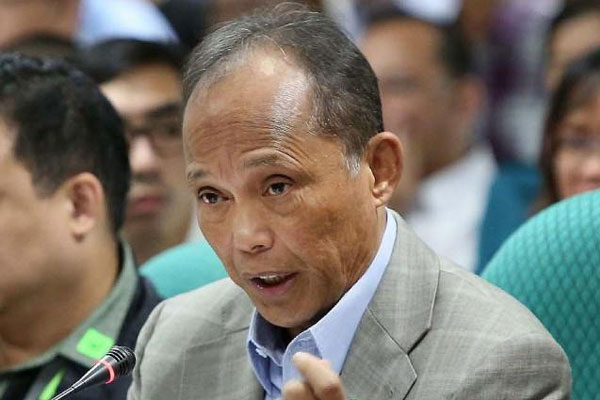
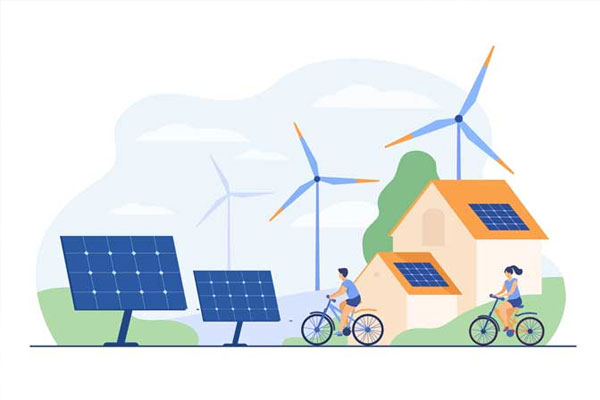

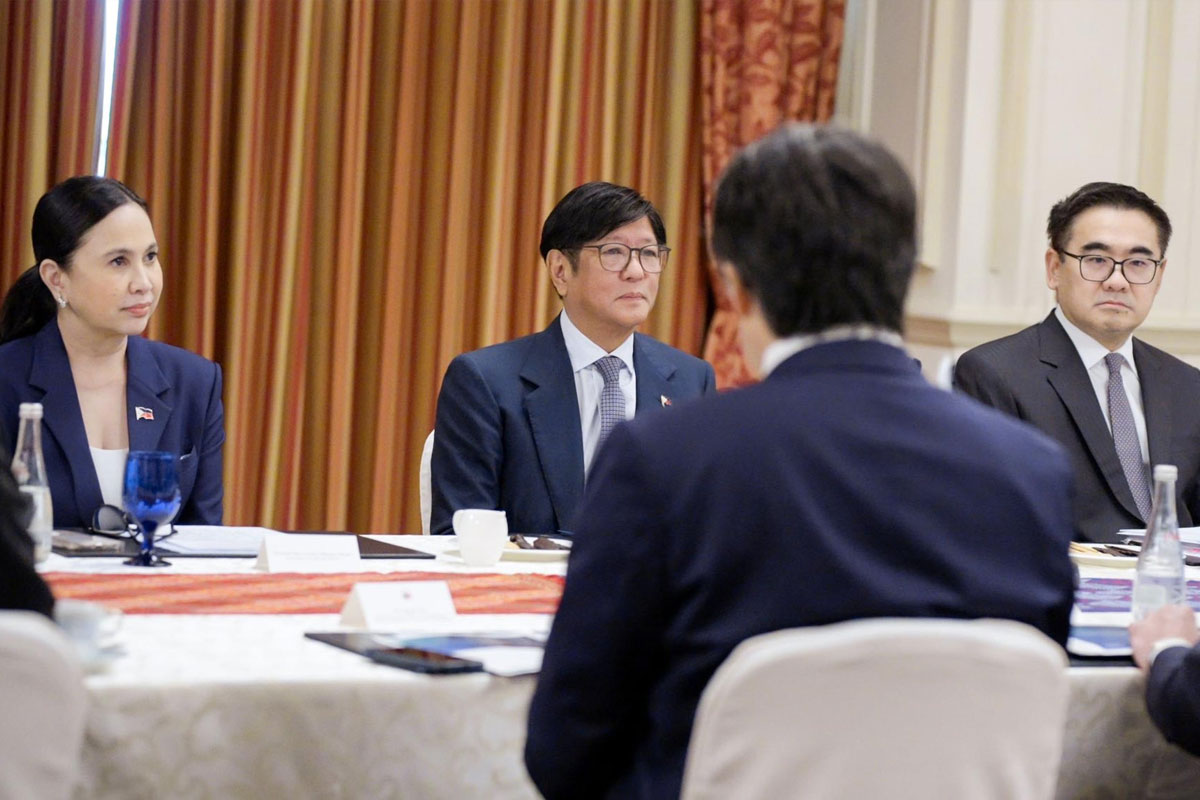
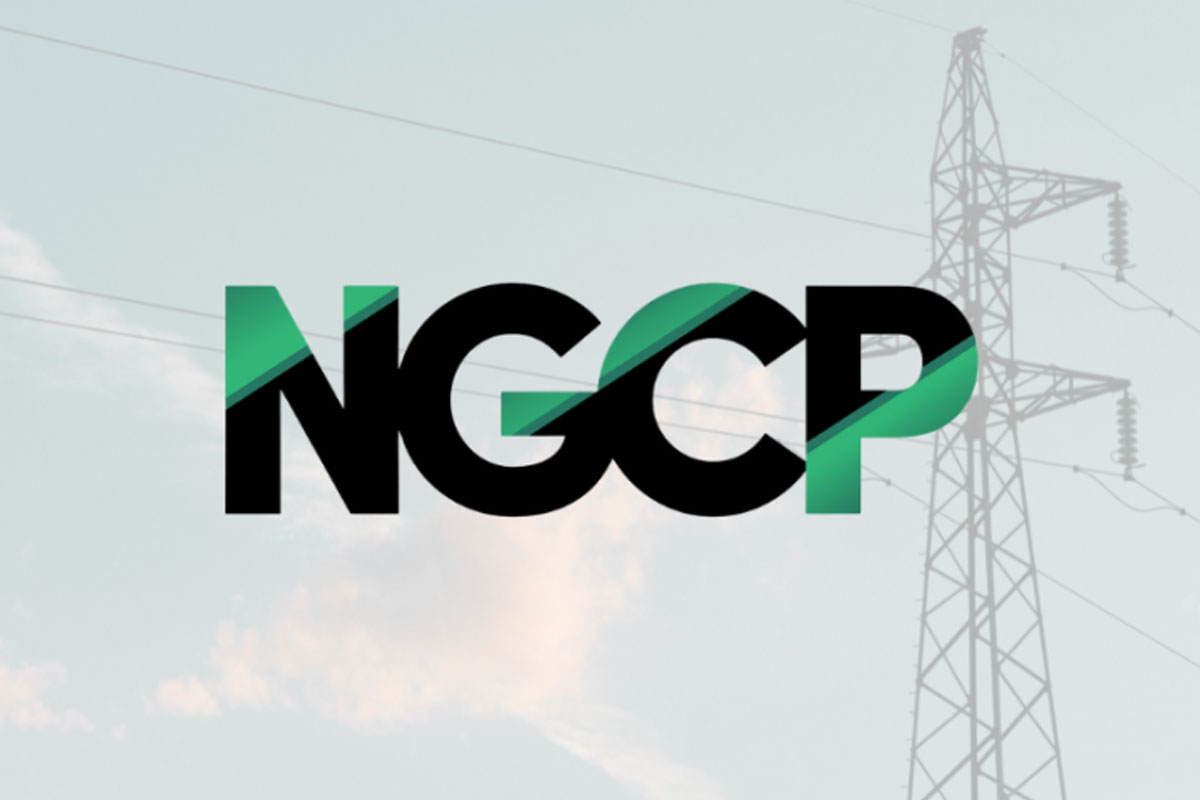
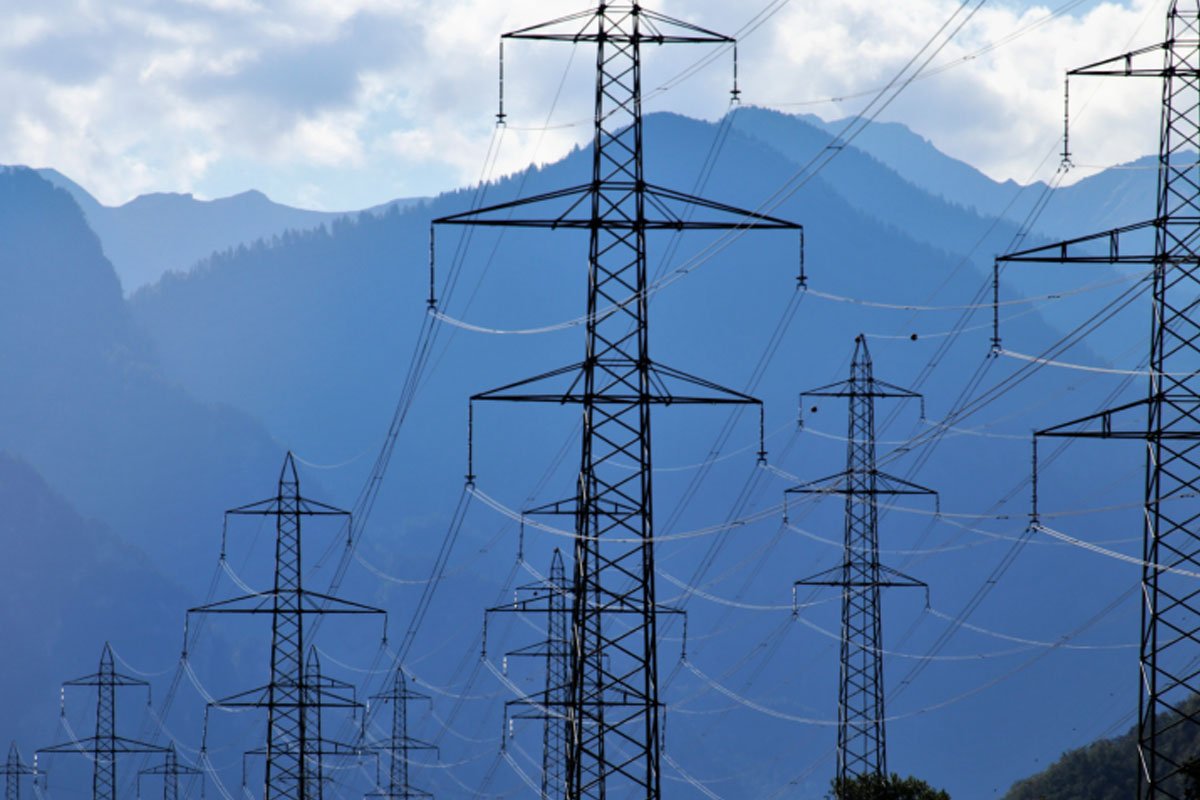
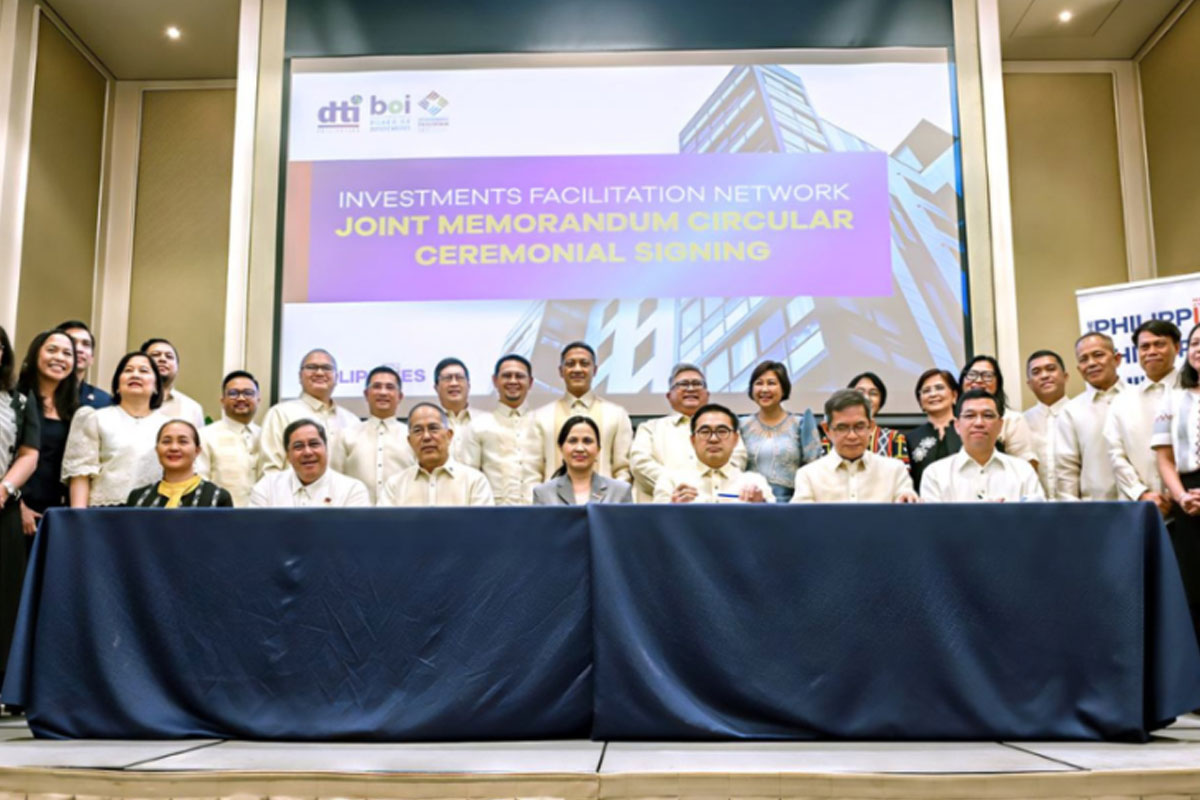
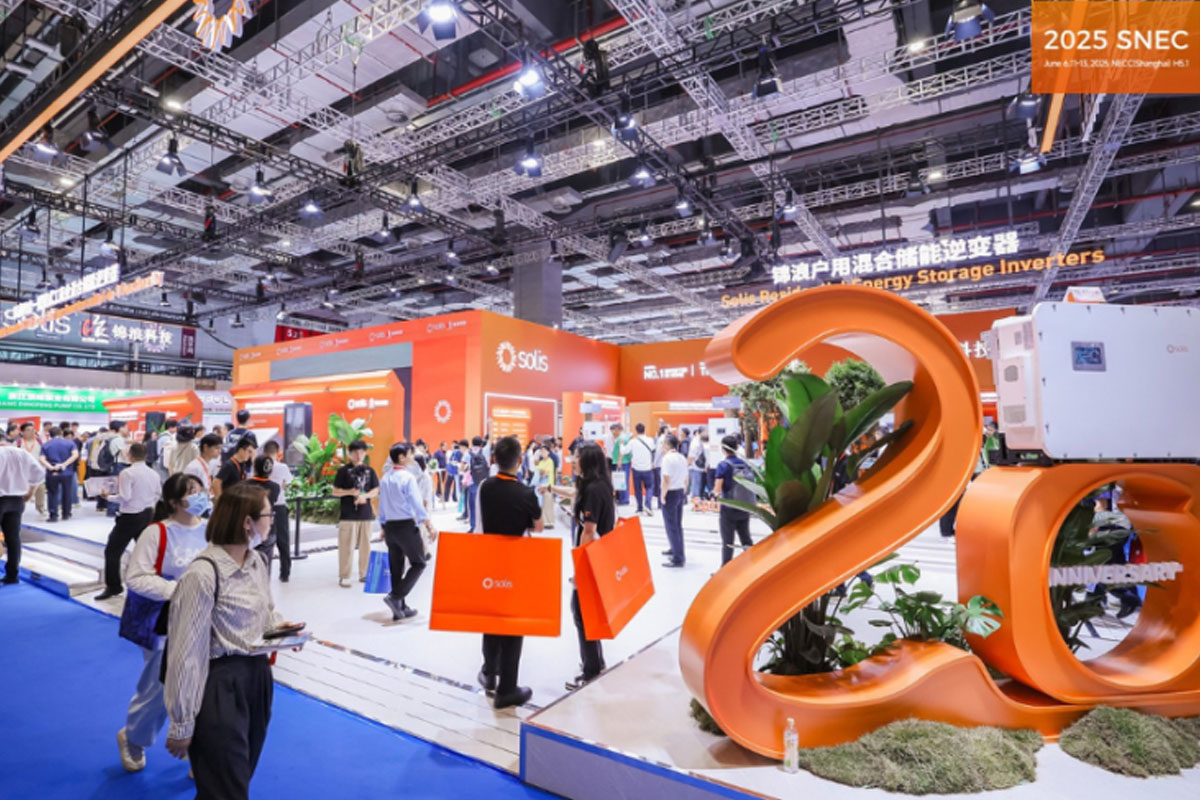
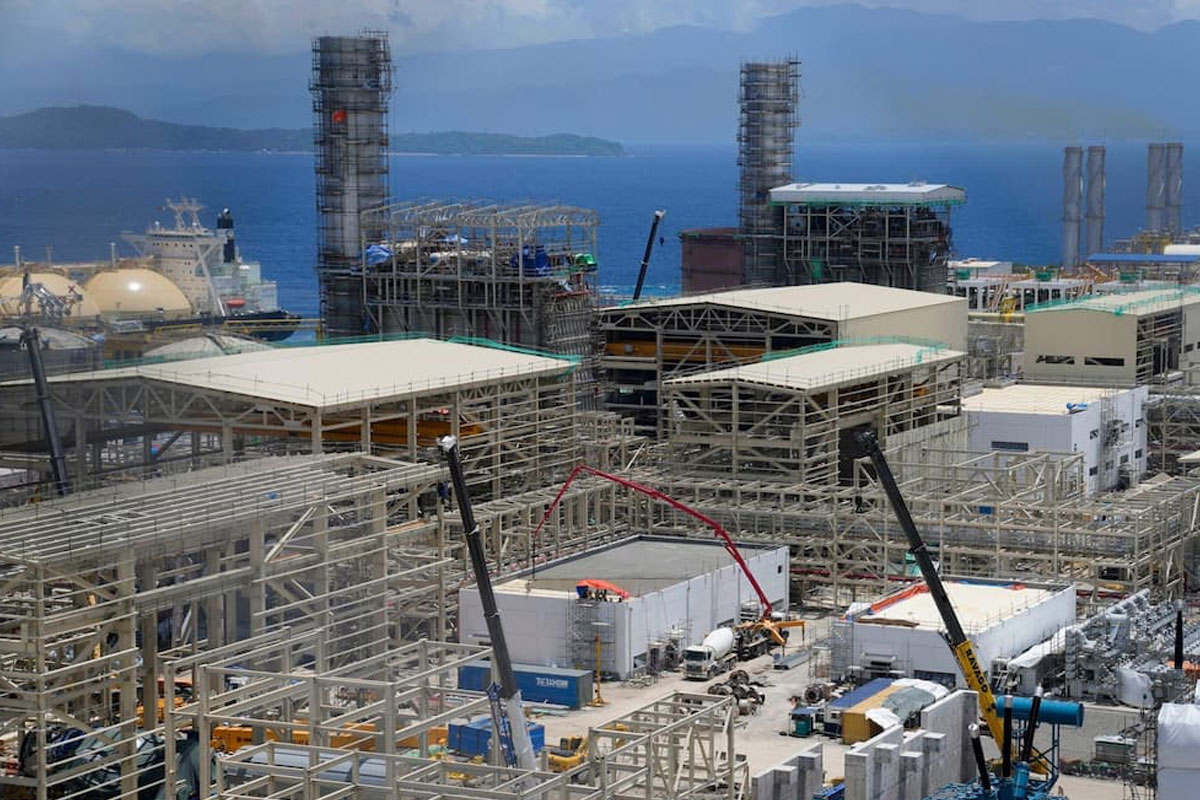
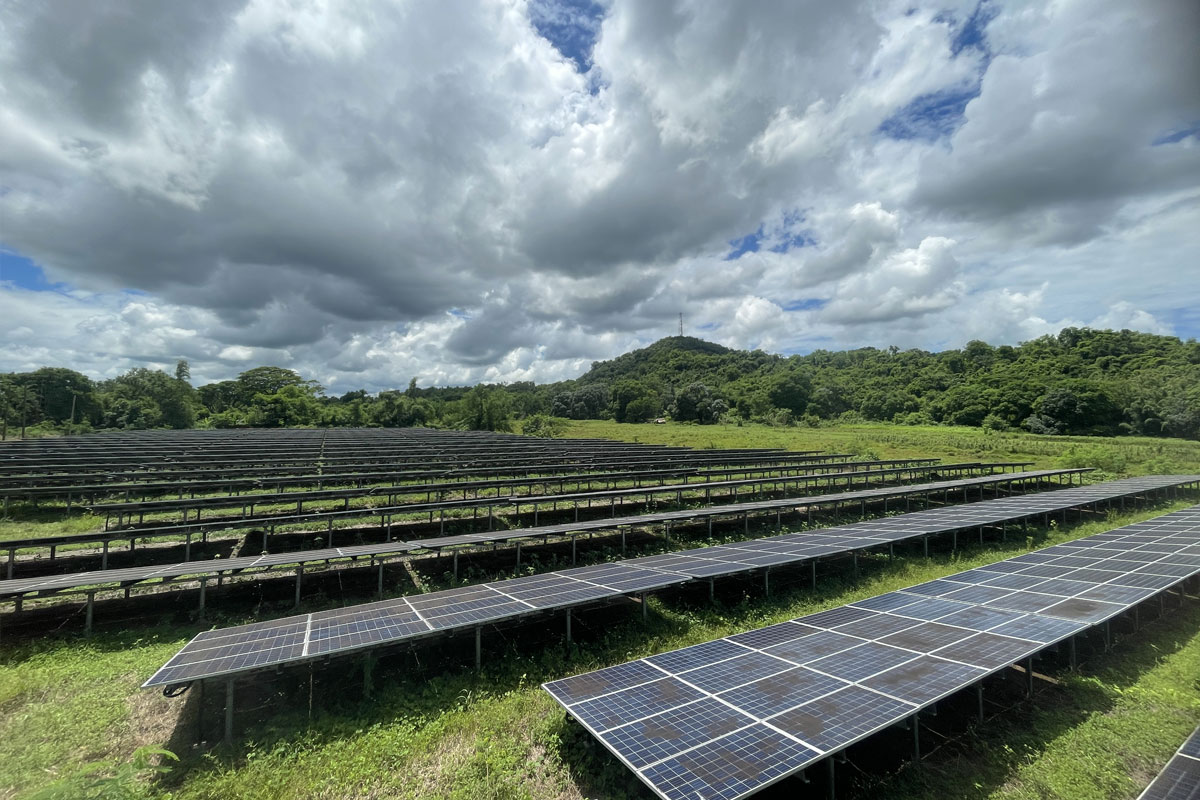

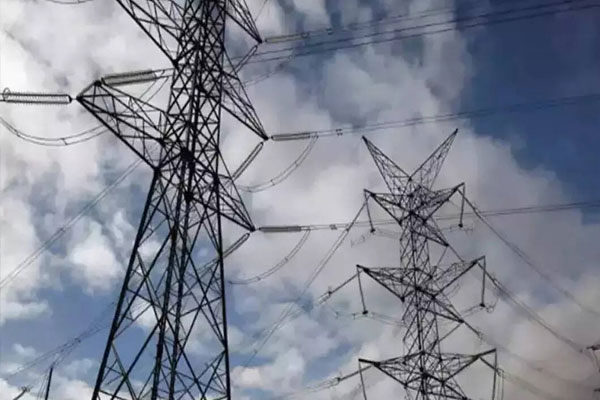
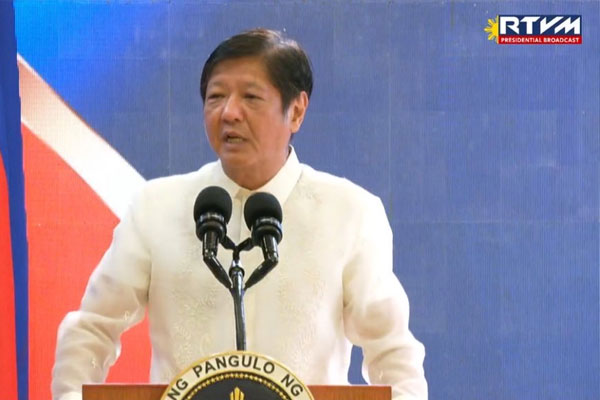

Leave a Comments